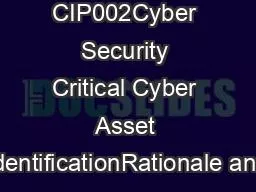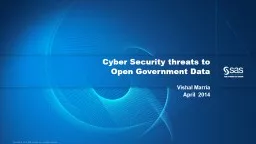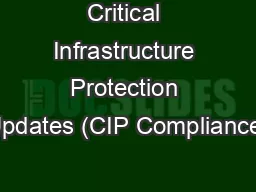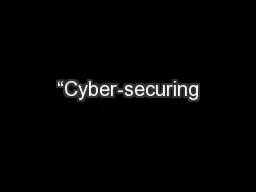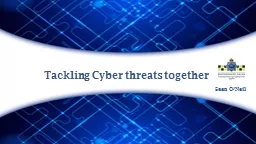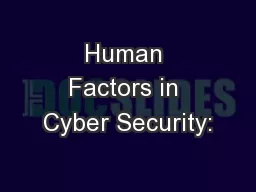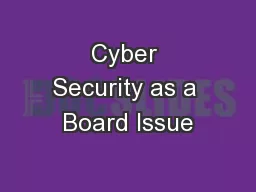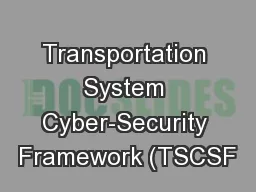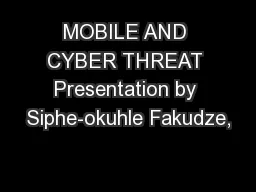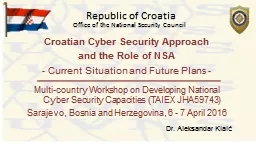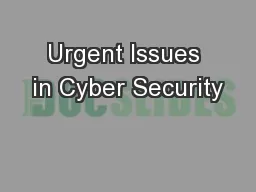PDF-CIP002Cyber Security Critical Cyber Asset IdentificationRationale and
Author : gelbero | Published Date : 2021-10-07
NERC Cyber Security Standards Drafting Team for Order 706 December 2010This document provideguidance forResponsible Entities in the application of the criteria in
Presentation Embed Code
Download Presentation
Download Presentation The PPT/PDF document "CIP002Cyber Security Critical Cyber Asse..." is the property of its rightful owner. Permission is granted to download and print the materials on this website for personal, non-commercial use only, and to display it on your personal computer provided you do not modify the materials and that you retain all copyright notices contained in the materials. By downloading content from our website, you accept the terms of this agreement.
CIP002Cyber Security Critical Cyber Asset IdentificationRationale and: Transcript
Download Rules Of Document
"CIP002Cyber Security Critical Cyber Asset IdentificationRationale and"The content belongs to its owner. You may download and print it for personal use, without modification, and keep all copyright notices. By downloading, you agree to these terms.
Related Documents

